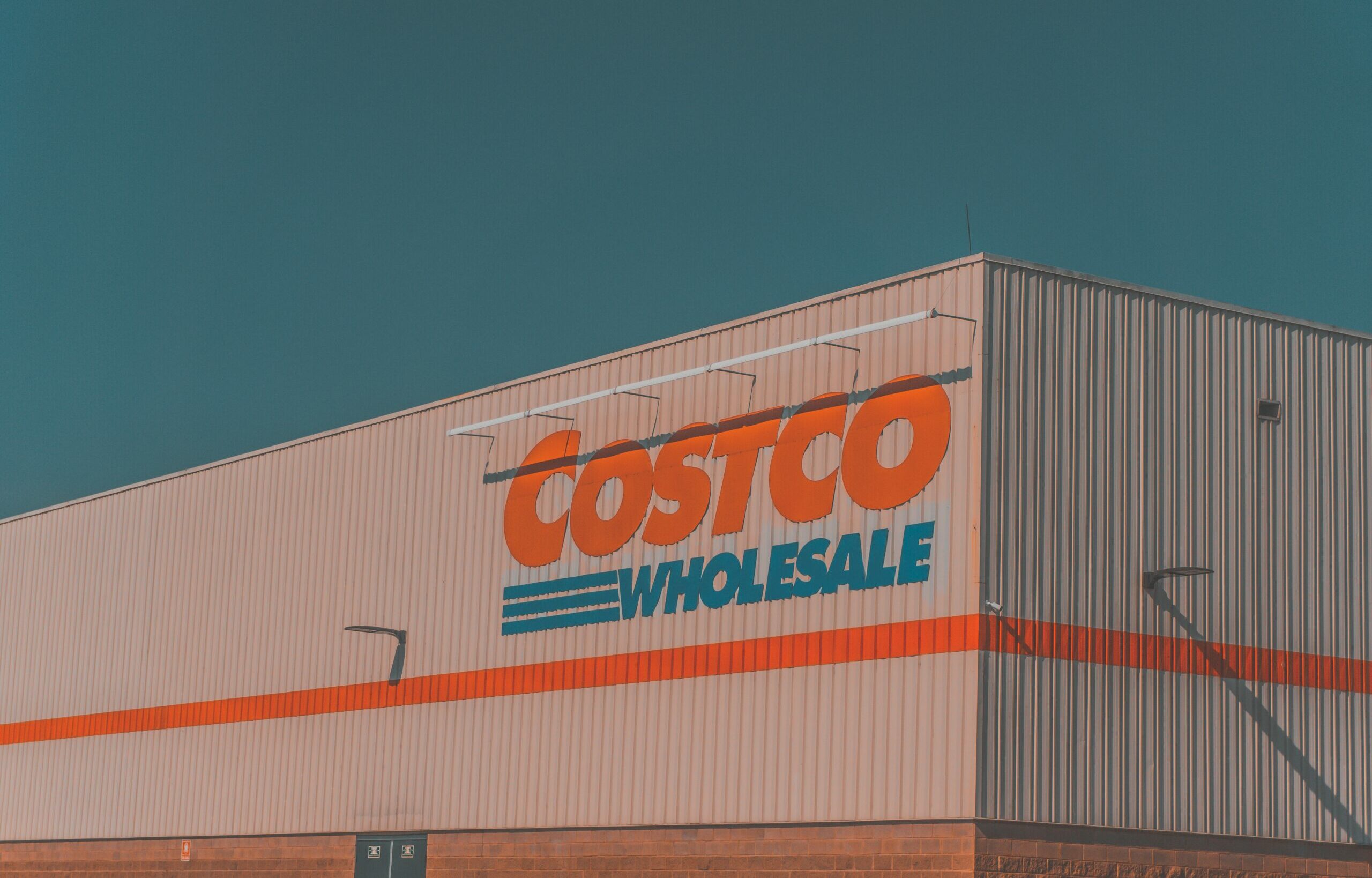
Photo by Omar Abascal on Unsplash
How Should Costco Deal With Non-Members?
Costco has made a significant move to expand its accessibility by forming a strategic partnership with Uber, allowing non-members to order products from the warehouse club. Traditionally, Costco’s business model has centered around membership, requiring customers to fill out an application and join the club to shop in-store.
This expands on Uber’s recent offerings of affordable airport shuttle rides, discounted Uber One subscriptions for students, and a new service for caregivers to book rides and order supplies for patients. Other features include curated “Lists” for dining experiences and the ability to schedule shared rides for cost savings. Uber also recently announced a partnership with Instacart, allowing users to order restaurant deliveries through Uber Eats directly from the Instacart app.
Costco has been vigilant about enforcing its membership model, implementing technology in some markets that mandates members to scan their cards before entering the store. Moreover, Costco has tightened its rules by starting to keep people from purchasing items from its popular food courts without showing a membership card, according to Business Insider.
Some Costco locations have outdoor kiosks or food courts, and this gave non-members access to purchase food in many cases. But more recently, the retailer has begun to crack down on non-members. Per one Reddit post, an image of a sign outside of an Orlando Costco said: “Effective April 8, 2024, an active Costco membership card will be required to purchase items from our food court.” Many users commented to note that this has always been the policy in other locations, but some stores may not have enforced it as much as others.
These membership rules are aimed at safeguarding the company’s primary revenue source, as over half of Costco’s profit comes from membership sales. By limiting access to non-members, the company aims to maintain the exclusivity and value of its memberships, thus keeping its paying members satisfied.
This may seem contradictory, however, since Costco gains food court sales from non-members. The retailer also still allows non-members to make prescription purchases from their Costco pharmacies.
Furthermore, despite these strict in-store policies, Costco has introduced two ways for non-members to shop: through partnerships with Uber and Instacart. While Instacart has been a long-term partner, the recent collaboration with Uber in some markets marks a new chapter in Costco’s approach to reaching a broader audience.
It is important to note that prices for non-members ordering through Uber or Instacart are higher than in-store prices for members. Instacart explains that this markup covers its delivery service costs and mentions a minimum order requirement of $35. Uber also implements higher prices for non-members but provides discounts of 15% to 20% for those with a Costco membership. Even with these services, the convenience comes at a cost, and prices may still be higher than in the physical warehouses.
Another interesting aspect at play is how the Costco delivery service allows non-member customers to order the deli’s rotisserie chicken and bulk supplies but not alcohol and gold bars, according to Axios. Additionally, customers can browse discounted items on the app, with delivery fees varying by location.
Regardless, Costco’s membership model remains robust, with the company reporting a high retention rate. As of the end of Q2 2024, the U.S. and Canada renewal rate stood at 92.9%, and the global rate was 90.5%. Additionally, Costco has seen a rise in the number of paid household members, reaching 73.4 million, and cardholders, totaling 132 million, marking year-over-year growth of 7.8% and 7.3%, respectively.
Discussion Questions
How does Costco’s partnership with Uber and Instacart reflect changes in retail logistics and consumer accessibility, and what implications does this have for membership-based business models?
How might Costco’s strategy of strict in-store membership policies combined with higher-priced delivery services for non-members impact the perceived value of memberships and customer loyalty?
With Costco’s high membership renewal rates and new delivery options for non-members, how can the company expand its customer base without diluting the exclusivity that drives membership sales?
